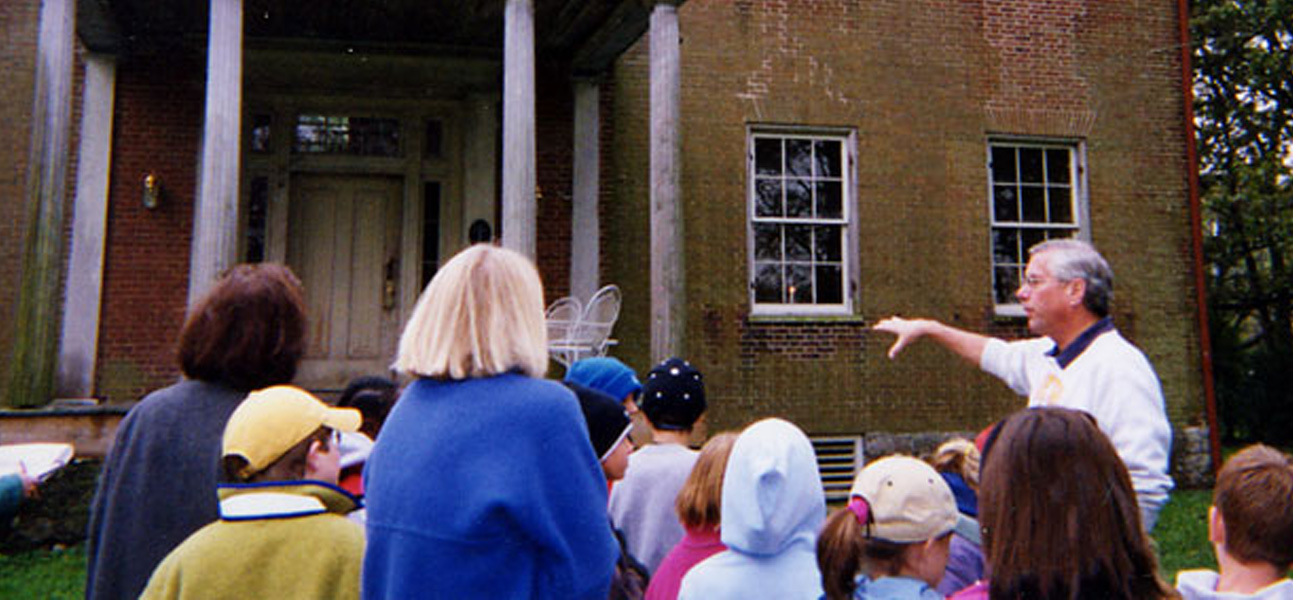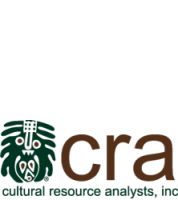
11 Jul Sayre School, 2000-2001
The 2001-2002 excavations at Waterwild Farm were conducted with the fourth and seventh grade classes from Sayre School in Lexington, Kentucky, and continued our exploration of the backyard, opening eight new units and revisiting one unit left open for display purposes from the previous year.
Uncovering Foundations
Two stone foundations were uncovered during the year’s excavation. One foundation was associated with a structure believed to be the smokehouse. The other is to a structure not encountered in previous excavations; the unit was left open during this school year for display to the public.
The exciting find for the year came from a unit that had been started with Sayre students from the previous year. At the end of the previous excavation, archaeologists knew it was a cellar feature since it ended in a level full of mortar and plaster and contained artifacts dating to the antebellum period. The year’s students continued through this thick layer of clay mixed with mortar and plaster. The layer beneath was 55 cm thick and contained a heavy concentration of ash, charcoal and artifacts from the early to mid-nineteenth century when the Offutt family ran a very prosperous and diverse farm. After encountering another layer of plaster students found the cellar floor, which was limestone bedrock located 1.5 meters from the surface of the excavation.
After discussing our finds and the location of the building, students and archaeologists came to the conclusion it was most likely the external or summer kitchen. It is also probable this structure housed the kitchen and house servants.



